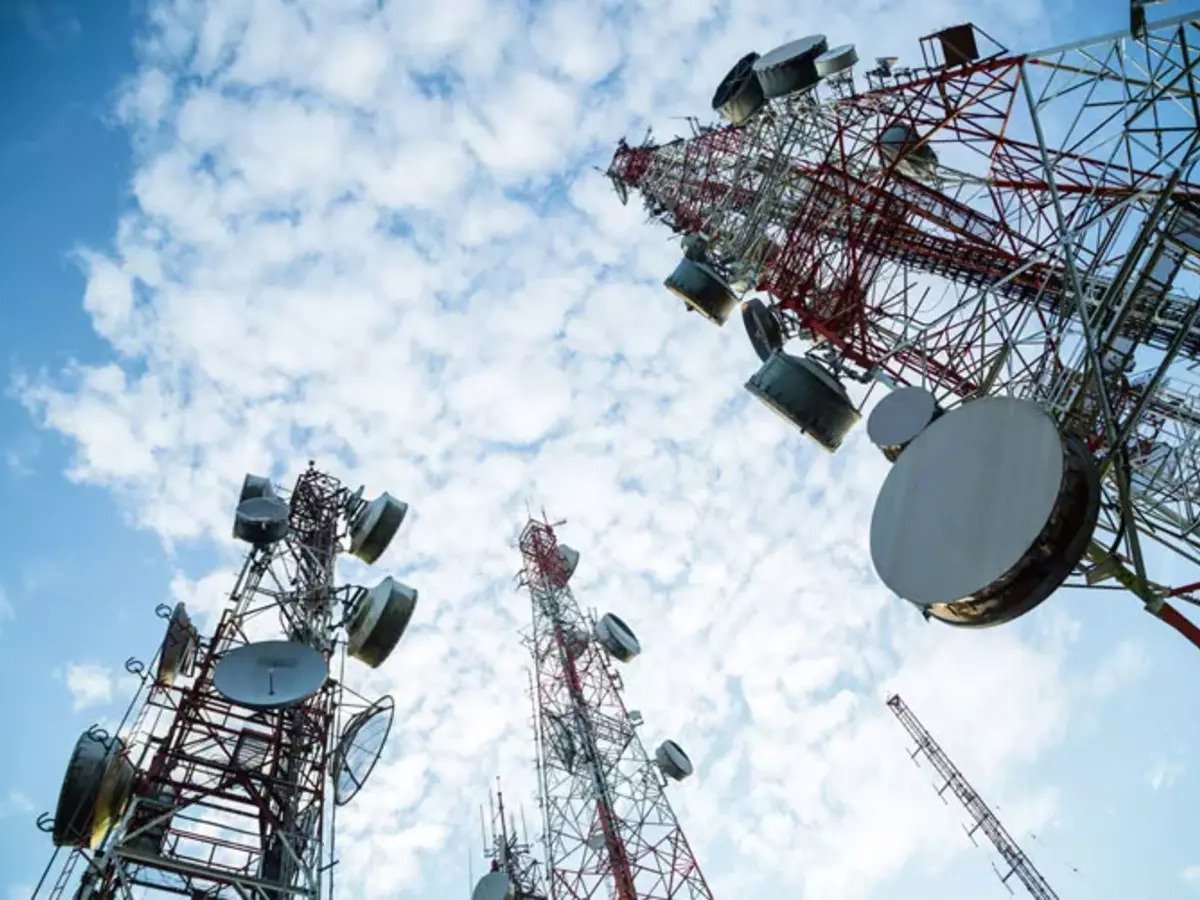Telecommunication involves sending information in form of voice, data, images, etc. using electronic or light-emitting media.
Telecommunication is a global term for a variety of information-transmitting technologies like landlines, mobile phones, VoIP networks, and broadcast networks.
Telecommunications is used for organizing and managing remote computer systems into telecommunications networks.
A telecommunications network is used for exchanging messages, a group of nodes is connected by links that help in exchanging messages between the nodes.
A variety of technologies based on circuit switching, message switching, or packet switching methodologies are used by the links to route messages and signals.
Components of telecommunications network
A telecommunications network includes the following components:
- Terminals to access the network
- Computers for processing information. They are connected by the network
- Links for forming a channel to transmit information from a sending device to a receiving device.
- Telecommunications equipment that helps to transmit information.
- Telecommunications software for controlling and managing message transmission over the network.
How many types of Telecommunication networks are there?
There are many different types of telecommunication networks. Some of them are mentioned below:
- Wide Area Networks (WANs) –
Wide Area Networks (WANs) are telecommunication networks that cover a large geographic area like a large city or metropolitan area.
WANs are used by big organizations or multinational companies for transmitting and receiving information among their employees, suppliers, customers that are spread across different cities, states or countries across the world.
Some of the key characteristics of WAN are:
- WAN can cover a large geographical area and It can be a private or a public network
- The data is transmitted in digital form.
- Communication mediums like satellites, public telephone networks are connected by routers.
- Messages in the form of pictures, sound, videos, or data can be sent easily and quickly to anyone else on the same network. Setting up a WAN is not a simple task. It is very complicated, time-consuming, and expensive
- Maintaining a WAN requires constant supervision of network supervisors and technicians.
- Data security is a real problem as different people use or access information from different computers.
- Local Area Networks (LANs) –
Local area networks (LANs) are telecommunication networks that connect different information processing devices like computers within a limited physical area. They are used for connectivity in small areas like offices, classrooms, or manufacturing plants.
They are commonly used in several organizations for linking and enabling communication amongst end-users in the office, different departments, workgroups, etc.
Some of the key characteristics of LAN are:
- They are private networks
- They operate at a relatively high speed as compared to WAN.
- It connects computers or communication devices in a restricted geographical area like a school campus or office building.
- Different resources like printers, modems, servers can be shared by the end-users with the help of local area networks. This helps reduce cost.
- It helps save the cost of purchasing licensed software for each user in the network. The same software can be shared and used over LANs
- Data and information can be easily shared and transferred over the computers or devices on the same network.
- The data of all users is saved on the hard disk of the server computer. This allows any user to access data directly from the server when required.
- The information or data is stored centrally on the server computer, this makes data management easy and helps keep it secure too.
- With LANS a single internet connection can be shared by all the LAN users.
- The cost of the initial setup of LANS is high.
- A dedicated LAN Administrator is required to handle problems related to the installation of software, hardware issues or cable problems.
- The LAN administrator has control and access to the personal data files of each and every LAN user.
- Metropolitan Area Network (MAN) –
The Metropolitan Area Network is the larger version of LAN. Popularly known as MAN it works on a similar technology as LAN.
While LAN is restricted to a private campus or building, MAN is designed to cover an entire city. It is a telecommunications network that connects several LANs together into a larger network or a single cable.
Some of the key characteristics of MAN are:
- The network can cover towns and cities of 50KMs or less
- The medium of communication is optical fibres, cables, etc.
- Highly efficient and provides fast communication through high-speed carriers like fibre optic cables.
- The data transfer rates are lower as compared to LAN.
- The dual bus is used in MAN that helps in simultaneously transmitting data in both directions
- The telecommunication system is not entirely secure from hackers and industrial espionage.
Internetworks, Intranets, and Extranets are some of the other types of telecommunication networks.
When some local area networks connect with other LANs in wide area networks, these interconnected networks are called Internetworks.
The Internet is the most popular example of Internetworks. An intranet is a private network run by large organizations, it works on internet technologies but is protected from the global internet.
An extranet is like an intranet connection but it can be accessed by some people outside the company like vendors or suppliers. An extranet is an intranet shared by more than one organization.
Integral Choice is a telecommunications agency offering the best phone systems, phone service, and data transport services to businesses across the country.
We work dedicatedly to support all your business connectivity needs like cloud-based solutions, internet, WAN, LAN, and more. Our mission is to offer your business the best solutions that will help save you money and time.

